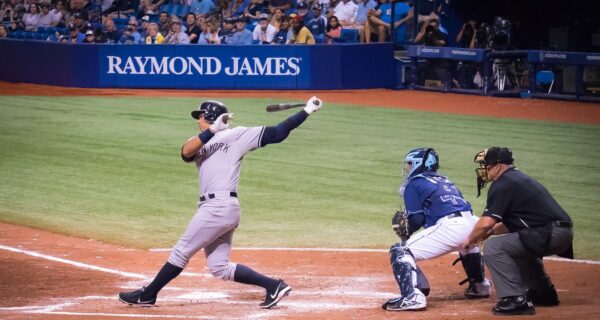Every year on ANZAC Day, the cry of “Come in, Spinner!” echoes through RSL clubs and pub backrooms across Australia. The game being played is Two-up, a beloved Australian tradition steeped in wartime camaraderie and larrikin spirit. It’s more than just a coin toss – it’s a legacy passed down through generations.
The Origins of Two-up
Two-up traces its roots back to 18th-century England and Ireland, where “pitch and toss” was a popular pastime among working-class men. The game found fertile ground in Australia during the gold rush era, but it truly cemented its place in national folklore during World War I. Australian diggers played it in the trenches and camps, giving soldiers a rare reprieve from the horrors of war.
ANZAC Day – April 25th – became the one day of the year when Australians could legally play Two-up in most states. It’s now as much a part of the day’s tradition as dawn services and remembrance marches.
How the Game is Played
At its core, Two-up is beautifully simple. The game involves a “kip”, which is a small wooden paddle, and two (sometimes three) old Australian pennies. One side of each coin is marked with a white cross to indicate tails.
Players take turns becoming the “spinner”, placing a bet that both coins will land heads up. A “boxer” or “ringkeeper” supervises the game and ensures rules are followed. The other players – side bettors – place bets with each other on the outcome.
A typical game flow looks like this:
- The spinner places a bet on “heads.”
- The boxer confirms the bet and announces the toss.
- The spinner tosses the coins into the air within a designated ring.
- If both coins land heads, the spinner wins and can spin again.
- If both land tails, the spinner loses, and a new spinner is selected.
- If the result is “odds” (one head, one tail), it’s a no-result and the spinner tosses again.
Equipment & Setup
Traditional Two-up is played with:
- Two pre-decimal pennies, preferably from 1910–1966, due to their ideal weight and size.
- A kip made from wood, slightly beveled to launch the coins cleanly.
- A ring, often chalked or marked on the floor, within which the coins must land to be considered valid.
In some versions, especially those in casinos or regulated clubs, a third coin is added to reduce the frequency of “odds” and speed up gameplay.
Where It’s Played Legally
The legality of Two-up varies across Australian states and territories. While ANZAC Day is the most common occasion for legal games, certain areas have broader allowances.
For instance, Broken Hill in New South Wales has a special license to host Two-up year-round, as does Kalgoorlie in Western Australia. These towns preserve the tradition as a cultural fixture, attracting tourists and locals alike.
In other states, such as Queensland and Victoria, licensed venues can host Two-up on ANZAC Day under specific guidelines, often requiring approval from local authorities.
Understanding the Betting System
The spinner must match a side bet with another player – typically $10 or more. Side bettors can also bet amongst themselves on heads or tails, and these informal bets are arranged with hand signals or quiet verbal agreements.
The boxer often collects a small commission, usually a few percent of winning bets, to cover operating costs or support the hosting venue, especially when run by RSLs or charitable groups.
Strategy, Odds & Misconceptions
While Two-up is a game of chance, some regulars swear by betting patterns or coin weight theories. In reality, each toss is statistically independent. The odds are straightforward: the probability of two heads (a win for the spinner) is 25%, tails is 25%, and odds (one of each) is 50%.
The house edge in casino-run versions often comes from the added third coin or small commission on winnings. Casual ANZAC Day games, however, are usually played in the spirit of community and tradition, not profit.
Etiquette and Traditions
Two-up isn’t just a game; it’s a social ritual. Key customs include:
- Calling out “Come in, spinner!” before every toss.
- Only tossing within the designated ring.
- Respecting the boxer’s decisions – their word is final.
- Using hand signals: a tap to the head means betting on heads, a tap to the waist indicates tails.
These gestures maintain the flow and fairness of the game, especially in loud or crowded settings.
Why Two-up Endures
In a world dominated by high-tech gaming and fast-paced entertainment, Two-up offers something refreshingly authentic. It’s communal, nostalgic, and grounded in a deep sense of Australian identity.
It’s also evolving. Online platforms have emerged to bring the game to wider audiences. For example, 2UP offers a modern, digital take on the classic game, letting users experience the thrill of the toss in a virtual setting – while preserving the original spirit of mateship and fair play.
Final Thoughts
Two-up remains a cherished slice of Aussie culture – part game, part ceremony. Whether played on ANZAC Day in a packed RSL or around a campfire with mates, its simplicity and heritage continue to unite generations.
As long as the spinner’s kip hits the ring and the coins fly high, the heart of Two-up will keep beating strong.












